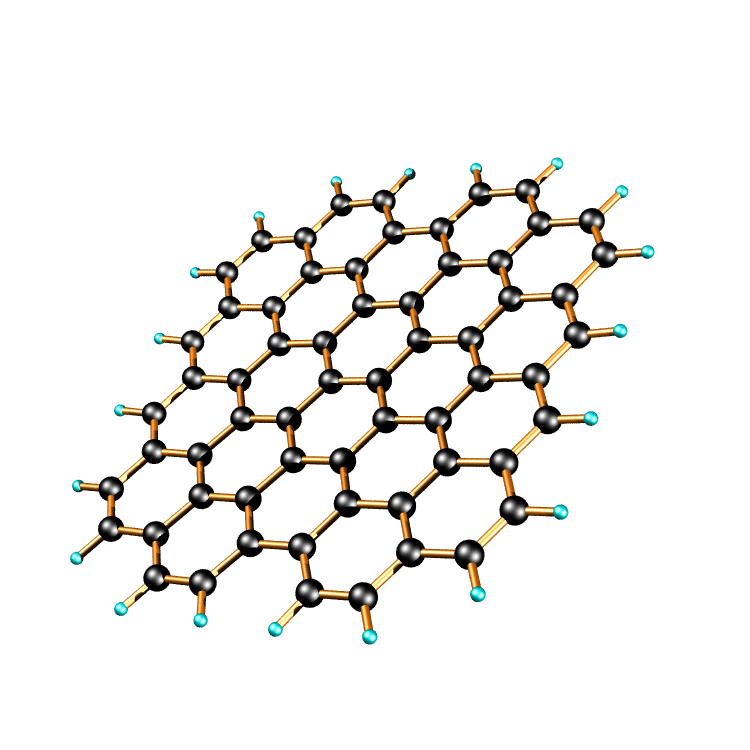Can the Ivory Tower Be Saved?
 Out of the several short articles at the Forbes.com Blank Slate special presentation, I was particularly interested in Derek Bok's short essay on the need to reinvent university education in the US, and North America.
Out of the several short articles at the Forbes.com Blank Slate special presentation, I was particularly interested in Derek Bok's short essay on the need to reinvent university education in the US, and North America.Teaching methods change very slowly. Apart from a few technological flourishes, they are very much like the methods used 50 years ago. As a result, no one can confidently assert that colleges today are helping students to write better, speak more eloquently, think more rigorously, or reason quantitatively more proficiently than they did in the 1950s.
Unfortunately, universities lack the incentives that many other institutions have to constantly improve their performance. Although they often compete fiercely for better students, such rivalry does not spur increases in quality. The reason is that applicants to universities have no way of knowing how much they will learn at the college or professional school they are considering, let alone comparing it to how much they might learn at some other institution. Unlike most businesses, therefore, universities do not feel much pressure to work at improving their “product.” So long as they keep their tuitions from rising faster than those of their rivals, offer attractive financial aid, maintain good facilities and provide an adequate array of popular academic programs, they will continue to attract plenty of applicants without increasing the quality of their teaching or the amount their students learn.
....What I would wish for is a set of reliable, universally accepted measures for evaluating and comparing student progress toward all the educational goals appropriate to every college and professional school. Some of these measures might be artfully constructed short-answer tests that could accurately assess student progress in critical thinking, moral reasoning, quantitative skills and foreign language competency. Others would require computers capable of scanning and evaluating written essays to measure students' understanding of complex material or their clarity and style in writing the English language.
If measures of this kind were available, results would soon be published in U.S. News & World Report and other well-known guides. Before long, students would gradually move to universities with the most effective educational programs. Presidents and trustees at less successful institutions would quickly notice that their ratings were deteriorating. Professors would realize that the best students were choosing to go elsewhere. Soon, pressure would build to improve the quality of teaching. Instructors who were demonstrably effective in the classroom would start to be rewarded with handsome pay increases and attractive job offers from rival institutions. Faculties everywhere would begin working harder to find new and better ways of helping students learn.
....What most campuses still lack is a comprehensive effort that begins by assessing student progress and goes on to identify weaknesses, experiment with possible remedies, and adopt those innovations that work well while discarding those that don’t. Thus, universities have not yet become “learning organizations”--at least not in the sense that the term is used in other well-run institutions. Even so, the tides are moving in the right direction. With continued pressure from society for greater accountability and proper leadership from presidents and trustees, it is not too much to hope that universities will gradually reinvent themselves and adopt more systematic methods of self-scrutiny. If they do, students 20 years from now should be graduating much better prepared for the more complex, demanding world they are poised to enter. Source.
Derek Bok knows as much about the state of higher education in North America as anyone. Although his desires for reform are modest, they have a snowball's chance in hell of being adopted. Conventional educational practices, which place political correctness above relevant learning, guarantees the ongoing and worsening obsolescence of "higher education" in North America.
Even so, Bok's suggestion is a good one. Combined with tenure reform and other methods of insuring more accountability from the instructional staff and administrative officials, the fall of the ivory tower might be postponed a few decades. In the end, new educational technologies combined with other important trends in modern society suggest the move to greater de-centralisation of education at almost all levels.
Labels: education, University





























